Your Home is Drowning in Stuff. Here’s How to Actually Fix It.
I’ve walked into more homes than I can count over the years, and let me tell you, the story is almost always the same. It’s not the extreme stuff you see on TV. It’s good people, with busy lives, who just got… overwhelmed. Life throws a curveball—a new baby, a demanding job, a loss in the family—and slowly, the stuff starts to win. One day you look around and realize you can’t find your keys, you’d be mortified if a friend dropped by, and cleaning feels like trying to empty the ocean with a teaspoon. That’s the reality of clutter. It isn’t just a mess; it’s a heavy weight on your daily life.
In this article
My job isn’t really about tidying up. It’s about giving people their homes back. It’s about restoring that feeling of peace and making a space work for you again, not against you. Before we ever touch a single thing, we have to understand the ‘why’ behind the piles. And honestly, once you see what clutter is doing to your brain, it all starts to make sense.
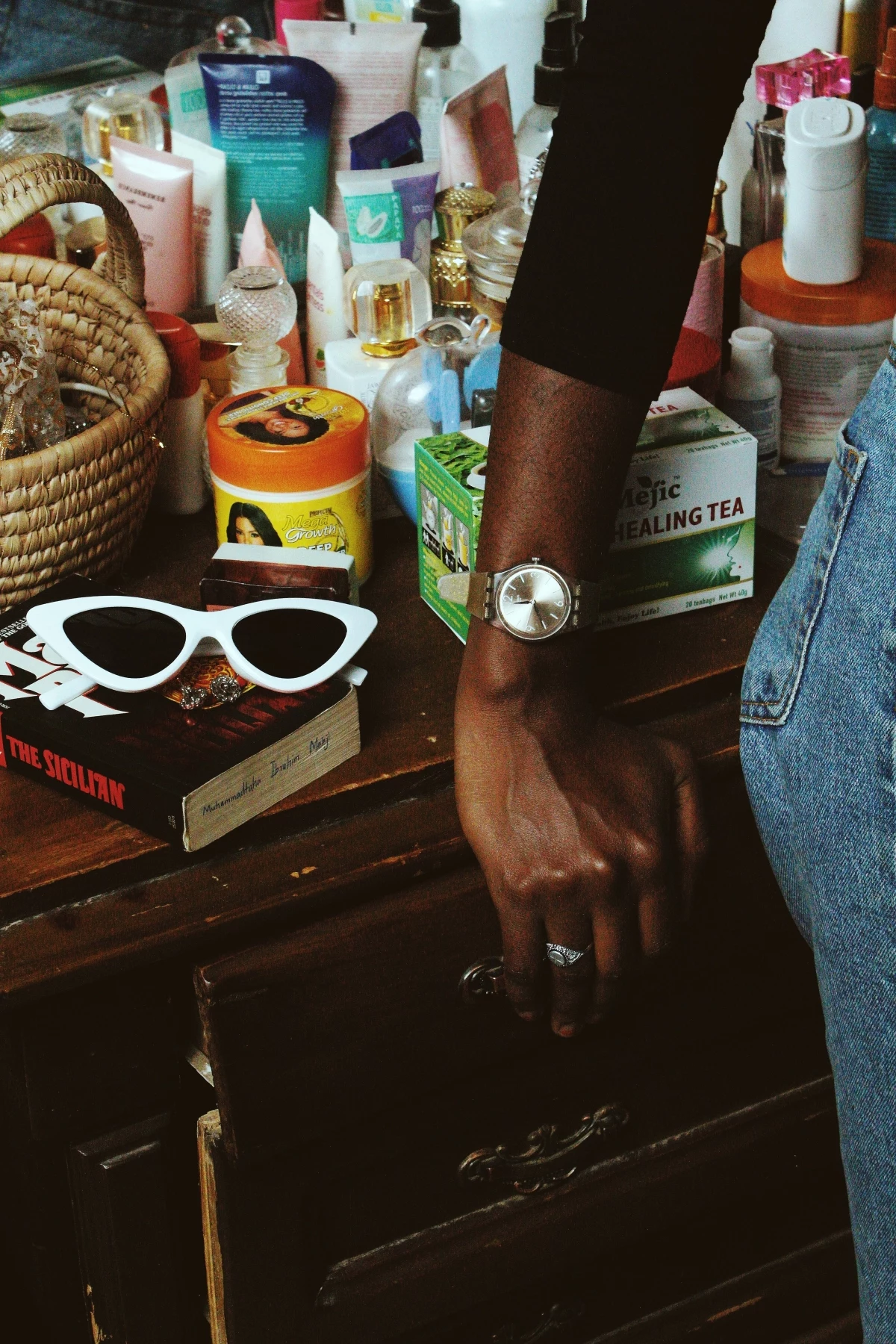
What Clutter is Secretly Doing to Your Brain
Let’s get one thing straight: this isn’t a personal failing. It’s a completely normal human response to an environment that’s just too “loud.” Explaining this is usually my first step with clients because it reframes the whole problem.
First up is something called cognitive load. Think of your brain like a computer with a bunch of apps running in the background. Every single object in your line of sight is a tiny, open app. That stack of mail is a notification that says, ‘deal with me.’ The pile of laundry is another one saying, ‘wash me.’ When your space is cluttered, your brain is getting bombarded by thousands of these signals at once. It’s exhausting! Studies have even shown that cluttered homes can lead to higher levels of cortisol, the stress hormone. So no, you’re not imagining it—your mess is literally stressing you out.

Then there’s decision fatigue. Every item in a cluttered home represents a decision that was put off. Keep it? Toss it? Fix it? Donate it? When you finally decide to declutter, you’re faced with making hundreds of these tiny decisions. It’s no wonder people get overwhelmed an hour in and just give up. Your brain has a finite number of good decisions it can make in a day, and clutter burns through them like wildfire.
And finally, there’s a sneaky psychological trick our minds play on us. Experts call it the Endowment Effect, but I just call it the “it’s MINE” effect. We automatically place a higher value on things simply because we own them. I remember one kitchen where we found three broken blenders. The owner knew they were worthless, but he just couldn’t toss them because they were his broken blenders. A great way to fight this is to ask yourself, “If I saw this in a thrift store today, would I pay five bucks for it?” The answer is usually a swift, easy no.
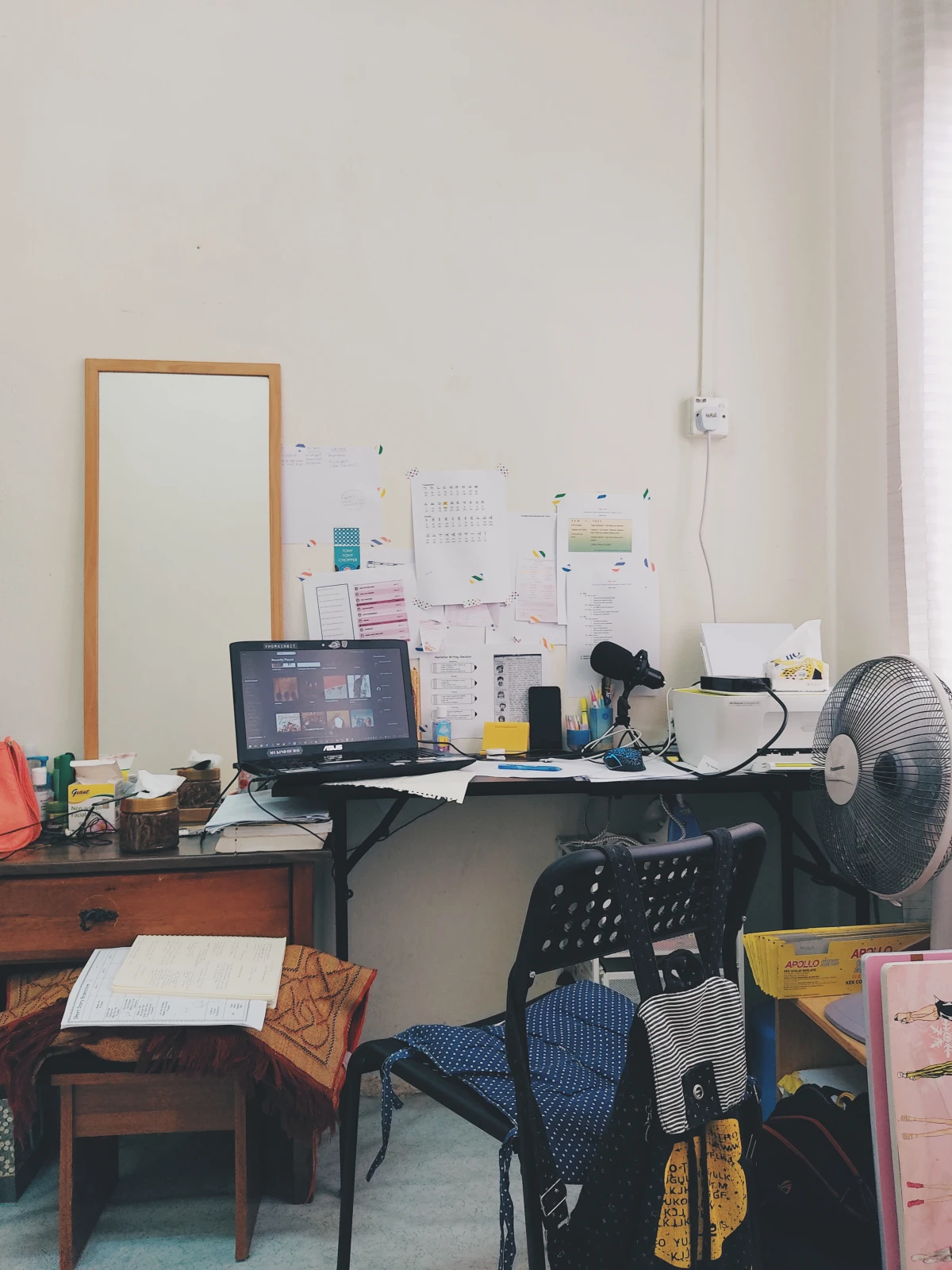
The Real Signs You Have a Clutter Problem
The true signs of problematic clutter aren’t just the piles themselves. It’s how the stuff makes you behave and feel every single day.
1. The Daily ‘Search and Rescue’ Mission
This is the number one complaint I hear. It’s not about losing your keys once a week; it’s the frantic, 10-minute hunt for your wallet, phone, or that important bill every single morning. When every flat surface is covered, things don’t have a home. They just have a temporary landing spot in the chaos. Think about it: 10 minutes a day adds up to over 60 hours a year. That’s a week and a half of vacation time spent just looking for your own belongings.
2. The ‘Tidying Treadmill’
Do you feel like you’re always cleaning, but your house is never actually clean? Welcome to the tidying treadmill. This is when you spend your time shuffling piles from the floor to a chair, or from the dining table to the counter, just so you can use a surface for a moment. That isn’t cleaning; it’s just moving mess around. True cleaning can only happen when you can easily get to the surfaces. You can’t organize clutter—you have to eliminate it first.
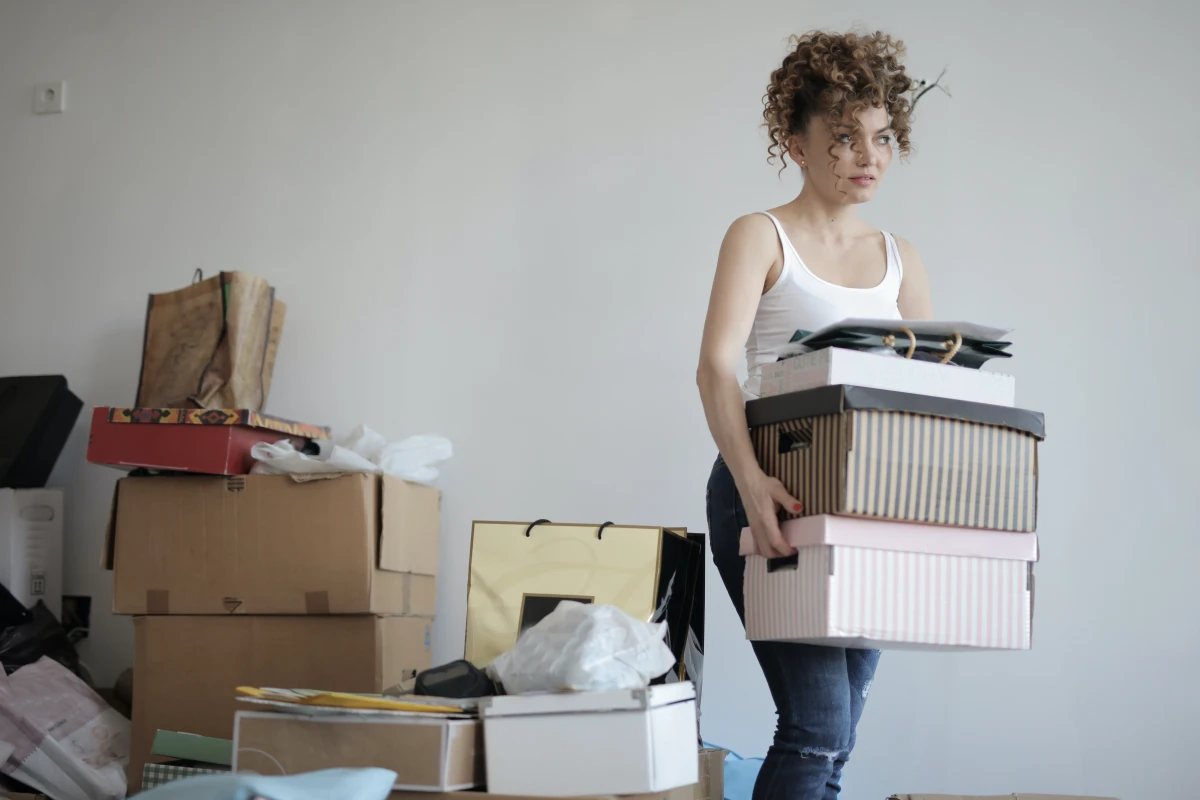
3. Accidental Repurchasing
This one hurts the wallet. You buy a new bottle of ketchup only to find you already had three in the back of the pantry. Or you buy another roll of packing tape because you couldn’t find the one you know you own. I once worked in a kitchen where we found seven—yes, seven—unopened jars of nutmeg. This creates a vicious cycle: the duplicates add more clutter, which makes things harder to find, which leads to… you guessed it, more duplicates.
4. Your Home Serves Your Stuff, Not You
A home is supposed to be a tool for living. The dining table is for sharing meals. The sofa is for relaxing. The garage is for your car. When these spaces become permanent storage units for your belongings, your home is no longer serving you. It’s serving your stuff. Ask yourself: can you park your car in the garage right now? Is your guest room actually ready for a guest? The answers can be a real wake-up call.

5. The Social Shutdown
This is the one that breaks my heart. People will admit, “We haven’t had anyone over in years. I’m just too embarrassed.” The thought of an unexpected visitor causes a wave of panic. It’s not just about being judged; it’s about the monumental, multi-day effort it would take to get the house ‘guest-ready.’ So, it’s just easier to say no and become isolated. I’ve seen clients weep with relief after we clear their living room, not just because it’s tidy, but because they can finally have their family over without feeling ashamed.
How to Declutter Like a Pro
Okay, so we’ve identified the problem. Now what? Just diving in headfirst is a recipe for burnout. You need a strategy. Before you even start, get your gear ready.
Your Decluttering Starter Kit:
- Heavy-duty trash bags. Don’t skimp here!
- A few sturdy boxes. (Pro-tip: you can often get these for free from a local grocery or liquor store).
- A permanent marker for labeling.
- Gloves and a simple dust mask. Trust me, you’ll want them.
Pro-Tip: Take a ‘before’ photo on your phone. When you feel like giving up an hour later, look at it. It’ll remind you why you started. And when you’re done, that ‘after’ photo is your trophy!
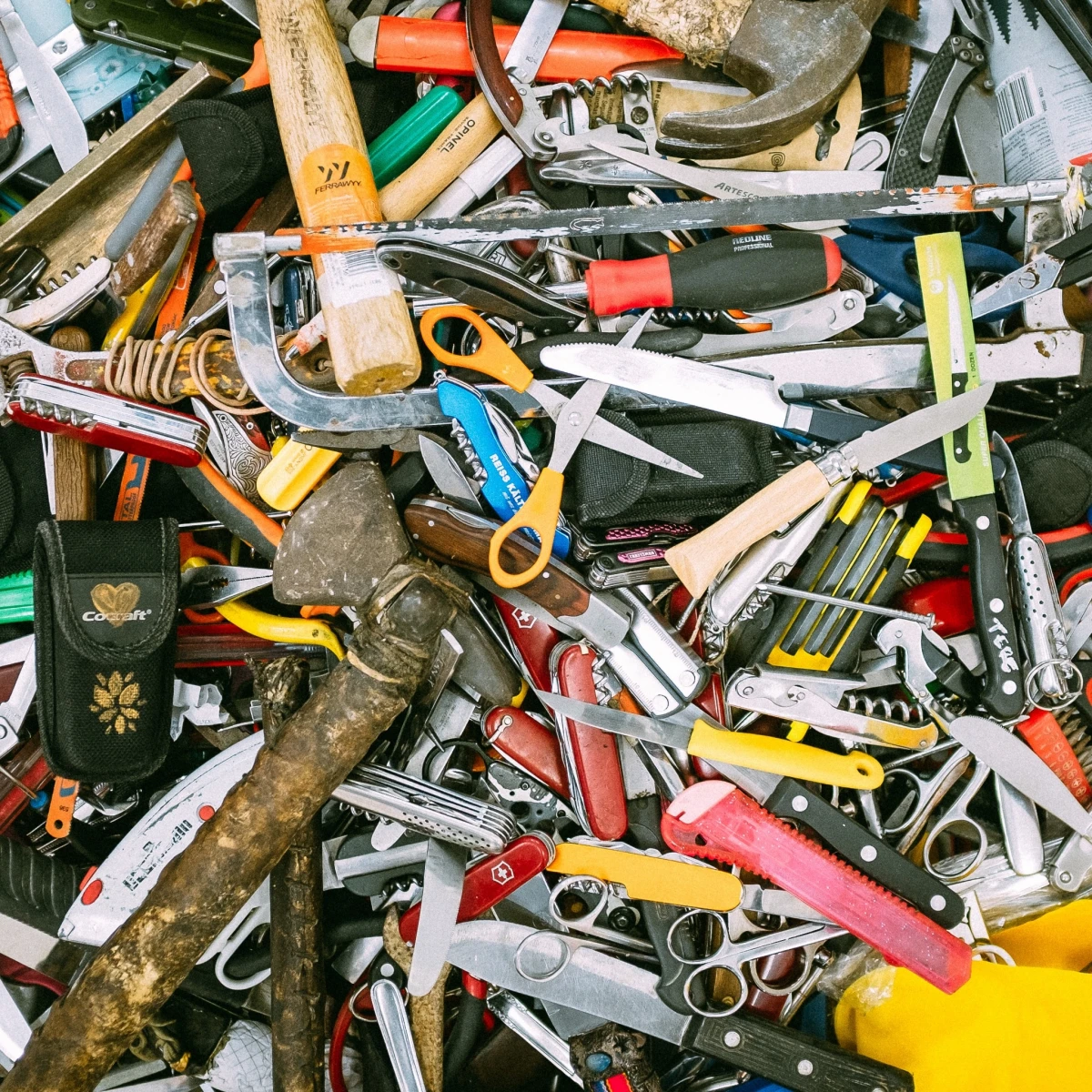
The Foundational Method: The Four-Box System
This is the workhorse of organizing. It’s simple, it forces decisions, and it just plain works. Get four boxes (or just designate four corners of the room) and label them:
- Keep: Stuff you genuinely love, use, and have a designated spot for.
- Donate/Sell: Things that are in good shape but no longer serve you.
- Trash/Recycle: Broken, expired, or unusable items. Be ruthless.
- Relocate: Anything that belongs in another room. This box is CRUCIAL. It stops you from getting sidetracked by wandering off to put one book away. Everything goes in the box, and you deal with it all at the very end.
By the way, what do you do with that “Donate/Sell” box? Be realistic. Selling online can be a huge time-suck for very little return. For most items, a quick trip to a local charity shop or a non-profit that helps families is the best route. You get it out of your house fast, and someone else gets to use it. It’s a win-win.
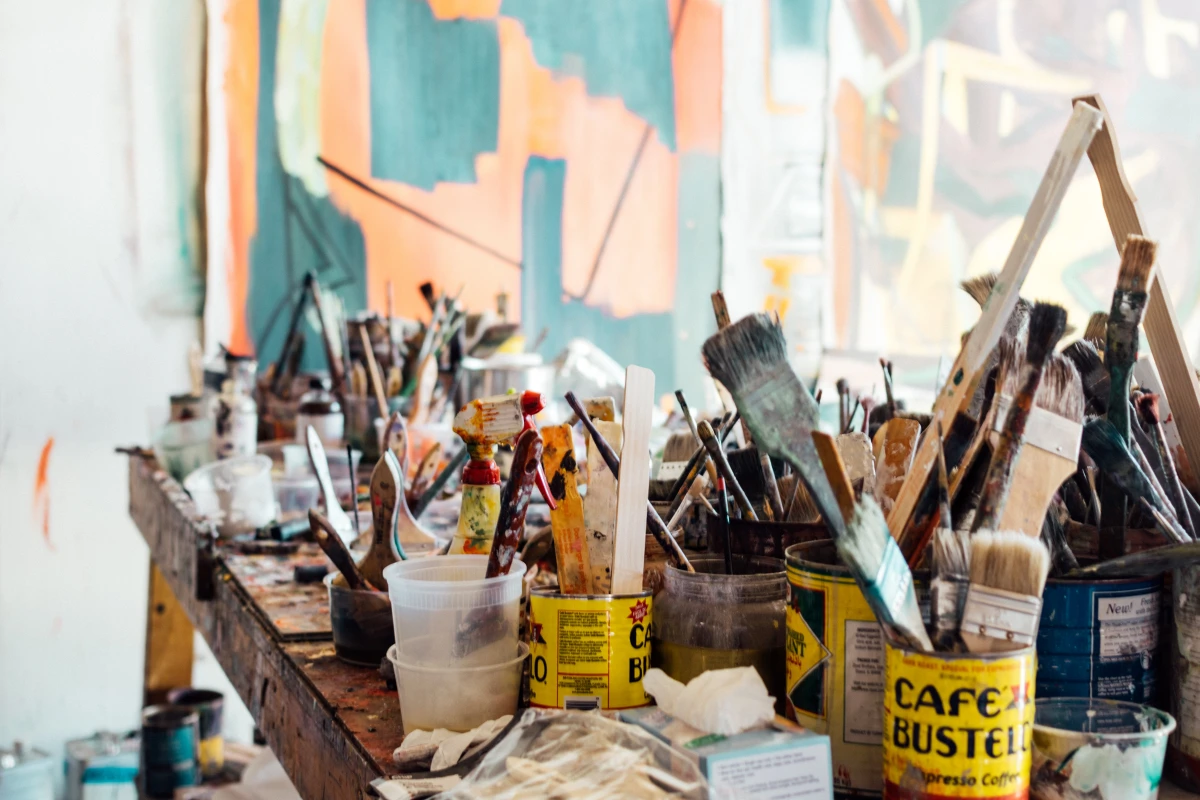
The ‘Container Concept’
This is a major mindset shift. Your containers—your shelves, drawers, and closets—tell you how much you’re allowed to own. If your sweaters don’t fit in the sweater drawer, the problem isn’t the drawer. The problem is you have too many sweaters. You declutter first, see what’s left, and then buy organizing bins to fit those specific items. This prevents you from just buying pretty boxes to hide your clutter in.
Start Small, Win Big
Please, please do not try to declutter your entire home in one weekend. You will burn out. The key is to start with a small, manageable win to build momentum.
Here’s a great place to start. Let’s tackle that junk drawer in 15 minutes.
- Set a timer for 15 minutes.
- Dump everything out onto a counter. Everything.
- Quickly wipe the drawer clean. Ah, satisfying.
- Sort fast! Use your four categories (Keep, Trash, Relocate, Donate). Don’t overthink it.
- Put back ONLY what absolutely must live in that drawer.
Boom. You just got a rush of accomplishment. That good feeling is the fuel you need to tackle a cupboard next time, and then a closet.

Quick Guide for Problem Areas
The Kitchen
This is the heart of the home, but often a clutter magnet. Pull everything out of the pantry. Be ruthless with expired food. You’ll be shocked at your duplicates. In the drawers, do you really need five spatulas and that avocado slicer you used once? Most families use the same 6-8 mugs on rotation. If you have a cabinet full of 30, you can free up a ton of space. A standard kitchen can take 4-8 hours of focused work, maybe broken into a few sessions.
The Closet
This one’s personal. A great trick is to turn all the hangers in your closet to face the wrong way. As you wear something, turn the hanger back. In six months, you’ll have a crystal-clear picture of what you actually wear. Be honest about clothes that don’t fit or match your current style. Don’t let ‘goal’ clothes make you feel guilty every time you open the door.
Paperwork
This is the category everyone dreads, but a simple system is all you need. All new mail goes into ONE inbox tray. Once a week, sort it. Most things can be shredded immediately (junk mail, credit card offers). For the rest, you only need a few files:
- Action: Bills to pay, forms to sign. These stay front and center until they’re done.
- Archive: Important documents you need to keep long-term but don’t need to access. Think tax records, property deeds, etc. Experts generally advise keeping tax records for 7 years.
- To Scan: Things like kids’ artwork or sentimental letters you want to preserve digitally. Scan them, save them, and let the paper go.
Heads up! Identity theft is no joke. Invest in a good cross-cut shredder. You don’t need a giant office machine; a solid home-use model costs between $40 and $80 and is one of the best investments you can make for your peace of mind.
Tough Challenges & When to Get Help
What About Everyone Else in the House?
This is a huge one. What do you do if your partner or kids are the main source of clutter? You can’t declutter for them—it just builds resentment. The key is to focus on shared spaces. Sit down together and agree on the rules for the kitchen, living room, etc. Give everyone their own designated zones (a bin, a drawer, a shelf) for their stuff. For kids, make it a game with clear, simple instructions. It’s a negotiation, but reclaiming shared spaces is worth it.
Dealing with Sentimental Items
These are the hardest, so save them for last. Your goal is to curate, not eliminate. You don’t need to keep all 200 of your child’s drawings; pick the best three from each year and create a beautiful scrapbook or portfolio. For bulky inherited items, ask yourself: ‘Does this object bring me joy, or does it feel like a burden?’ Sometimes, the best way to honor a memory is to take a beautiful photo of the item, write down the story behind it, and then let the physical object go to someone who will actually use it. You’re keeping the memory, not the dust-collector.
When It’s More Than Just Clutter
It’s important to know the difference between a tough project and a serious problem. Some people have a lifelong struggle with organization that negatively impacts their daily life. A professional organizer can be a huge help here, acting as a coach to build new systems. A pro can typically cost anywhere from $50 to $150 an hour depending on their experience and your location, but it’s an investment in getting your life back on track quickly.
However, if a home has blocked pathways, sanitation issues, or risks from pests, it might be leaning toward a hoarding disorder, which is a recognized mental health condition. This requires a team approach, often involving a therapist who specializes in the issue. This isn’t just about tidiness; it’s about health and safety.
At the end of the day, the goal isn’t a perfect, minimalist home worthy of a magazine cover. The goal is progress. It’s about creating a space that supports the life you actually want to live. Every bag of trash you take out makes room for more peace, more clarity, and more time for what really matters.
Inspirational Gallery
The KonMari Method: Focuses on keeping only what “sparks joy.” You handle every single item and ask yourself if it brings you happiness. It’s an emotional, all-in-one decluttering festival.
The Minimalist Game (MinsGame): A month-long challenge. On day 1, you get rid of one item. On day 2, two items. On day 30, thirty items. It’s a gradual, gamified approach that builds momentum.
The best choice depends on your personality: dive in deep with KonMari, or build a habit slowly with the MinsGame.
The average American home is said to contain 300,000 items.
This isn’t just a fun fact; it’s the root of the problem. We’re not designed to manage a museum’s worth of inventory. Every one of those items is a tiny demand on your attention. Reducing the sheer volume is the only way to turn down the noise and restore a sense of calm to your environment.
What about sentimental items I just can’t toss?
The goal isn’t to erase your memories, but to honor them. Instead of a dusty box of your child’s artwork, pick three of your absolute favorite pieces and have them professionally framed. For collections, choose one or two representative items to display and let the rest go. For old letters or photos, consider digitizing them using a service like ScanMyPhotos, creating a beautiful digital album you can access anytime without the physical clutter.
One of the biggest mistakes is buying beautiful storage solutions *before* you’ve purged. It feels productive, but it’s a trap. You end up organizing clutter instead of eliminating it. First, decide what to keep. Only then can you accurately assess your real storage needs. You’ll likely find you need far fewer baskets and bins than you thought.
- A clear kitchen counter every morning.
- No more last-minute frantic searches for keys or wallets.
- A truly welcoming entrance when you come home.
The secret? Implement a 5-minute ‘closing shift’ for your home’s main zones. Before bed, take a few minutes to reset the kitchen and entryway. Wipe counters, put away mail, and place keys in a designated bowl. It’s a tiny habit that prevents the daily pile-up.
Once you’ve decluttered, the right tools can help you maintain order. Think clear. Transparent acrylic organizers, like the iDesign series from The Container Store or MUJI’s minimalist drawers, are brilliant for bathrooms and offices because they let you see exactly what you have. This visual inventory prevents you from buying duplicates and makes finding things effortless, short-circuiting the path back to clutter.
Your entryway is the first line of defense against clutter. Create a dedicated ‘landing strip’ to catch everything you bring inside. It doesn’t have to be complicated:
- A simple wall-mounted hook for your keys.
- A sleek tray, like the Vitra O-Tidy, for mail and sunglasses.
- A designated basket for shoes to prevent a messy pile-up at the door.
Don’t let your decluttering efforts end up in a landfill. Give your items a second life. Local ‘Buy Nothing’ groups on Facebook are fantastic for finding neighbors who need exactly what you’re giving away. For clothing, services like ThredUP make consignment easy, while brands like H&M and Madewell have in-store textile recycling programs for items that are too worn to be donated.
- Expired medications and vitamins
- Old magazines and newspapers
- Pens that don’t work
- Single socks without a mate
- Takeout menus (they’re all online now)
- Unused free samples from beauty counters
- Cords and chargers for devices you no longer own










